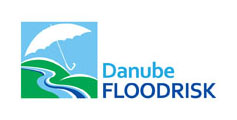Stakeholder oriented flood risk assessment for the Danube floodplains

The Danube River is one of the most important natural axes in South-East-Europe. It links most of the countries in the SEE area. Thus the improvement and good examples of transnational cooperation of all countries at this river will be a brilliant signal for the whole region. This project has a far-reaching strategic focus beyond risk management and could become a flagship project for the SEE program. It will improve safer sustainable conditions for the living environment and economy in the Danube floodplains. It integrates stakeholders and different acting groups and disciplines. Flood risk increases with ongoing climate change. Risk reduction in large international river basins can only be achieved through transnational, interdisciplinary, and stakeholder-oriented approaches within the framework of a joint transnational project. The practice has shown that starting this kind of cooperation is extremely difficult, due to practical, political, and financial reasons. If incentives exist, like the transnational cooperation program, the start-up can be successful. The long-term process will be self-running after the starting phase. The DANUBE FLOODRISK project focuses on the most cost-effective measures for flood risk reduction: risk assessment, risk mapping, involvement of stakeholders, risk reduction by adequate spatial planning. The project will bring together scientists, public servants, NGOs, and stakeholders who develop jointly a scalable system of flood risk maps for the Danube River floodplains. Transnational methodology and models will be defined and implemented for flood risk assessment and mapping. This results in proposals for flood mitigation measures, adjustments of spatial development plans, assessment tools for economic development in flood plains, and raised awareness of flood risk of stakeholders, politicians, planners, and the public. Infrastructures at risk like industry, power stations, and supply infrastructure will be considered in the project.
Number of Project Partners: 25
Project Duration: 01/05/2009 – 30/04/2012
Project Budget: 6 375 563 EUR (ERDF + IPA)
Lead Partner: Ministry of Environment (RO)
Contact Details:

